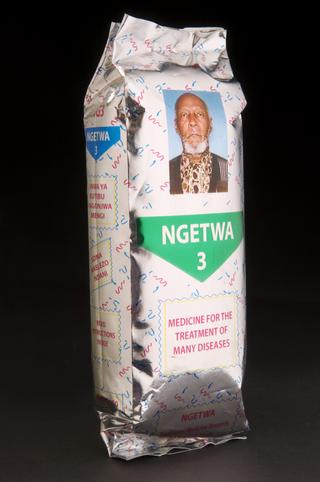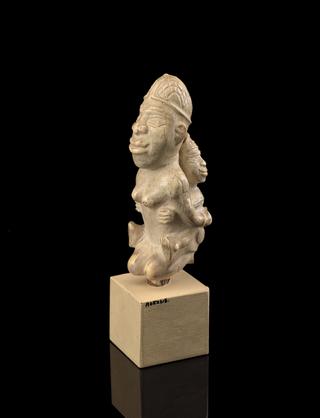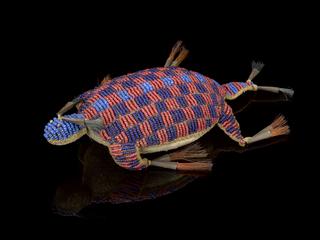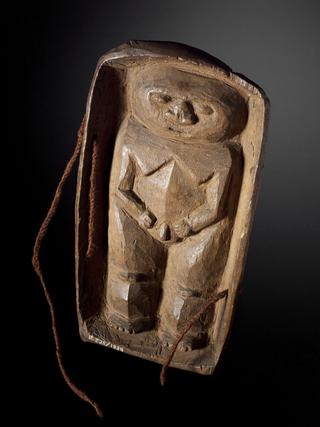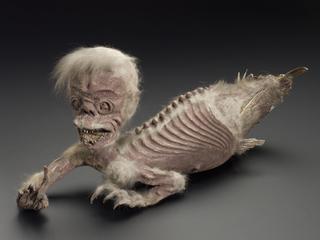






Engraved tinned-copper magic-medicinal bowl also known as a 'poison cup', hemispherical, Syro-Egyptian, 13th-14th century. Features imagery of twinned serpents, scorpion, dog, Qur'anic verses, magic squares, and text specifying it cures stings and bites from the animals depicted, as well as fever, colic, and difficult birth. Also a spiraling inscription of magic 'nonsense' words, which would put this outside the realm of acceptable Prophetic practice.
Divination was used in medicine to try to determine the cause of an illness and to give some indication as to suitable treatments. This divination bowl may have been used by interpreting the reflection of light on its sides. Other methods include casting stones or studying the entrails of a sacrificed animal and interpreting the patterns made. The engraving on the silver-plated copper bowl shows entwined snakes, a running dog and also has some Arabic text. Although its exact origin is unknown, it is thought that the bowl was made in Egypt. It is believed that at some point it may have been used as an ashtray as there is staining on the surface.
Details
- Category:
- Ethnography and Folk Medicine
- Collection:
- Sir Henry Wellcome's Museum Collection
- Object Number:
- A159073
- Materials:
- copper, not recorded and silver plated
- Measurements:
-
overall: 30 mm 127 mm, 0.08 kg
- type:
- magical-medicinal bowl
- credit:
- Gayer-Anderson
